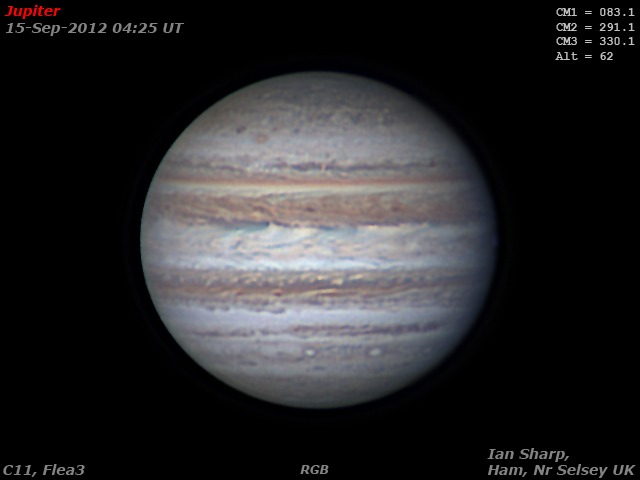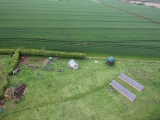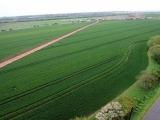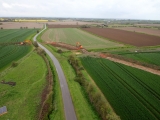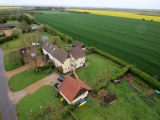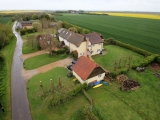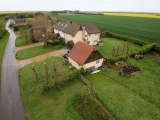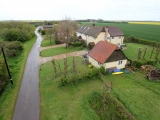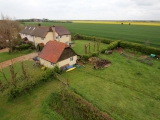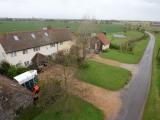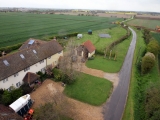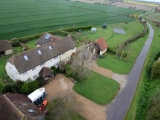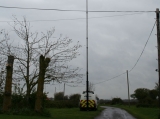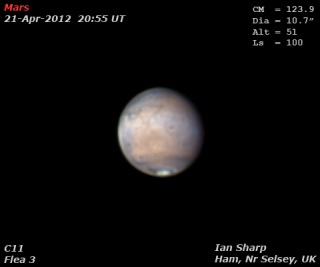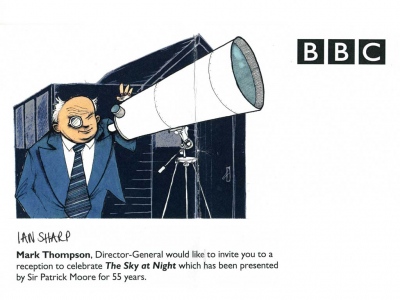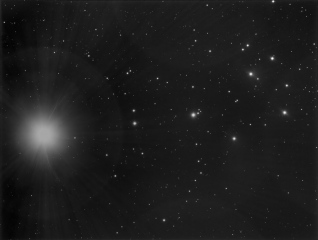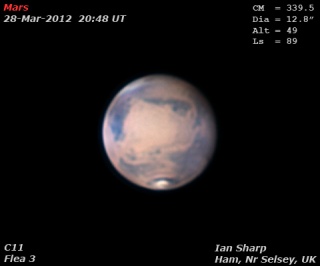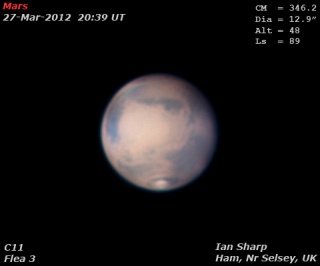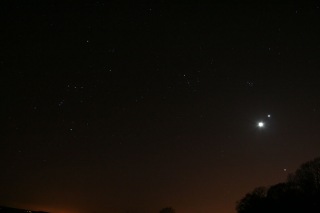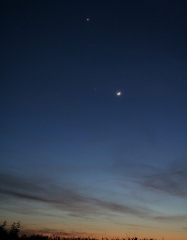What a great event! I was very honoured to be invited to the party at the BBC Broadcasting House to celebrate 55 years of the
Sky at Night. The remarkable Sir Patrick Moore has been presenting this excellent programme since it first aired on 24th April 1957 – an achievement unparalleled in broadcasting history, and the longest running TV programme ever.
Patrick is the greatest communicator of astronomy in history – fact! Forget the web, twitter, facebook and the rest, (says he on his blog!), this man has inspired more people to become astronomers, or to simply love the subject more than any other influence.
The party itself was brilliant. It was great chatting to the likes of Sir Tim Rice, Brian May, Jon Culshaw, Sir Terry Pratchett along with plenty of dedicated astronomers, both professional and amateur. I have shamelesly included some celeb pictures below! Thanks also to Pete Lawrence, Damian Peach and Ninian Boyle for your excellent company and banter during the trip up from Selsey.



